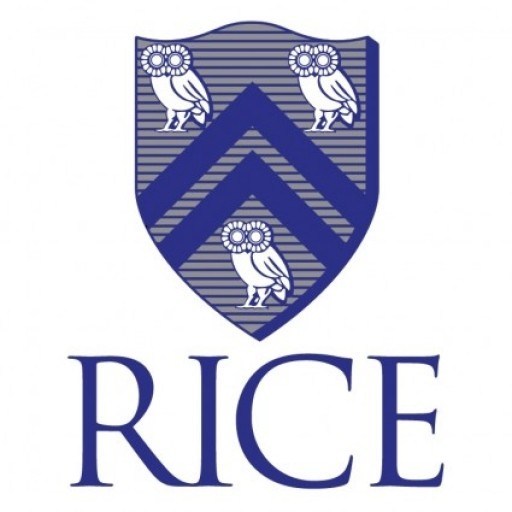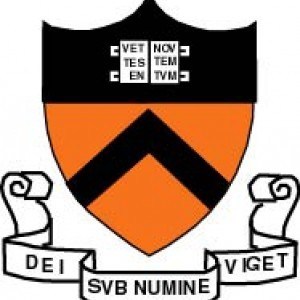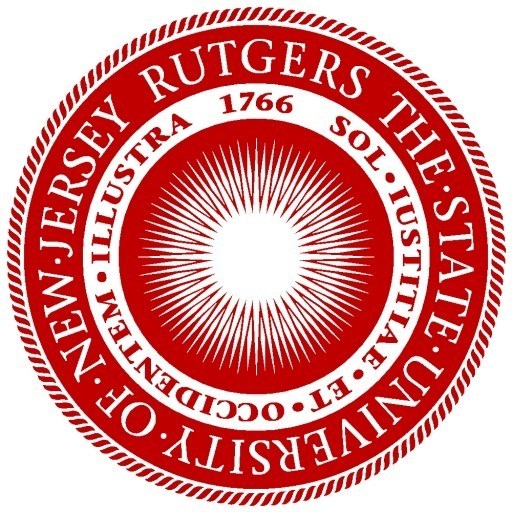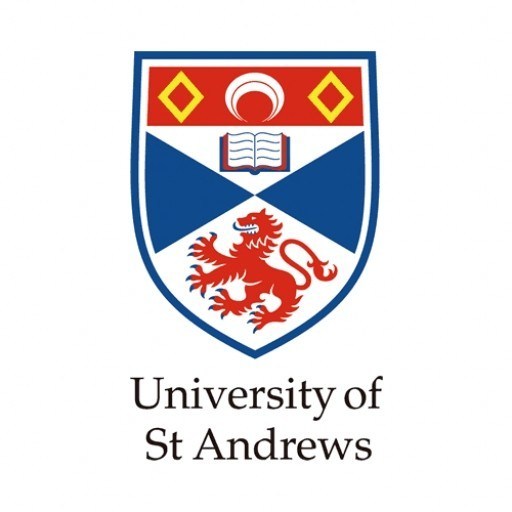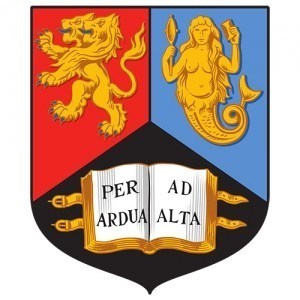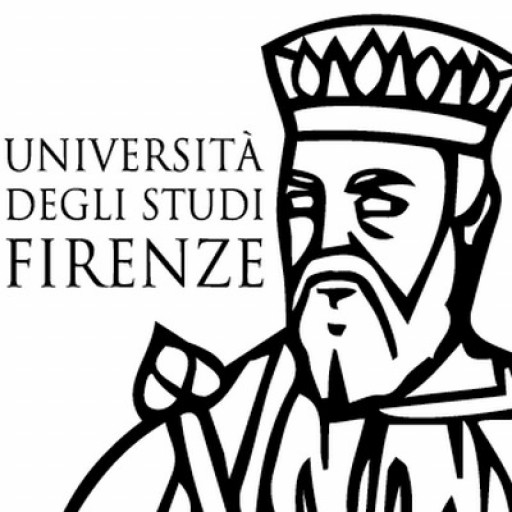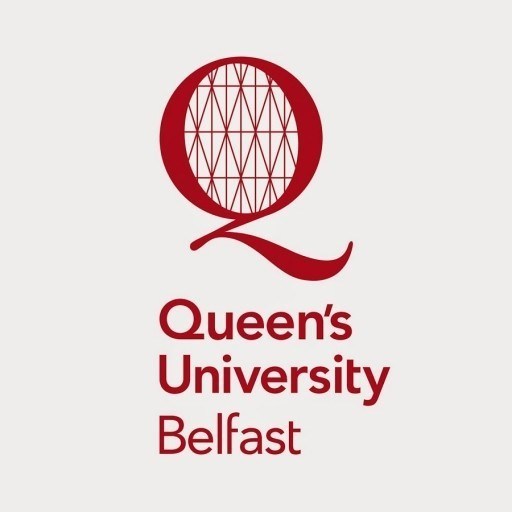Photos of university / #riceuniversity
Astrophysics is a dynamic and interdisciplinary field that explores the fundamental nature of the universe, from the smallest subatomic particles to the largest galactic structures. The Astrophysics program at Rice University provides students with a comprehensive education that combines rigorous coursework, research opportunities, and hands-on experience in the field. Students gain a solid foundation in physics, astronomy, and computational methods, enabling them to analyze complex data and develop models to understand celestial phenomena. The curriculum includes courses in classical and modern physics, electromagnetic theory, stellar astrophysics, galactic and extragalactic astronomy, cosmology, and computational astrophysics. Throughout the program, students have access to cutting-edge laboratories and observatories, allowing for practical experiments and observational research. The program emphasizes the development of critical thinking, problem-solving skills, and quantitative analysis, preparing graduates for careers in academia, research institutions, space agencies, or the private sector. Students are encouraged to participate in research projects early in their studies, often working alongside faculty members on innovative projects related to star formation, black holes, dark matter, gravitational waves, and the large-scale structure of the universe. The university fosters a collaborative environment where students can engage in seminars, colloquia, and conferences, broadening their scientific perspectives and professional networks. Graduates of the Astrophysics program at Rice are well-equipped to pursue advanced degrees or enter the workforce as scientists, data analysts, or technical specialists in astrophysics-related fields. With access to modern facilities, a vibrant academic community, and a curriculum designed to challenge and inspire, Rice University's Astrophysics program provides an exceptional foundation for those passionate about exploring the cosmos and unlocking the secrets of the universe.
Students pursuing the BS degree with a major in Astrophysics (ASTR) must complete:
- A minimum of 27-31 courses (76 credit hours) to satisfy major requirements.
- A minimum of 136 credit hours to satisfy degree requirements.
Students may obtain credit for some courses by advanced placement, and the department's undergraduate committee can modify requirements to meet the needs of students with special backgrounds.
REQUIRED COURSES
- PHYS 101 Mechanics (with Lab) [ 4 credit hours ] and PHYS 103 Mechanics Discussion [ 0 credit ]
or PHYS 111 Mechanics (with lab) [ 4 credit hours ]
PHYS 102 Electricity and Magnetism (with Lab) [ 4 credit hours ] and PHYS 104 E & M Discussion [ 0 credit ]
or PHYS 112 Electricity and Magnetism (with lab) [ 4 credit hours ] - PHYS 201 Waves and Optics [ 3 credit hours ]
- PHYS 202 Modern Physics [ 3 credit hours ]
- PHYS 231 Elementary Physics Laboratory II [ 1 credit hour ]
- PHYS 301 Intermediate Mechanics [ 4 credit hours ]
- PHYS 302 Intermediate Electrodynamics [ 4 credit hours ]
- PHYS 311 Introduction to Quantum Physics I [ 3 credit hours ]
- PHYS 425 Statistical and Thermal Physics [ 3 credit hours ]
- PHYS 491 Undergraduate Research [ 2 credit hours ] and PHYS 493 Undergraduate Research Seminar [ 1 credit hour ] (PHYS 491 and PHYS 493 must be completed concurrently)
- PHYS 492 Undergraduate Research [ 2 credit hours ] and PHYS 494 Undergraduate Research Seminar [ 1 credit hour ] (PHYS 492 and PHYS 494 must be completed concurrently)
- ASTR 230 Astronomy Lab [ 3 credit hours ]
- ASTR 350 Introduction to Astrophysics - Stars [ 3 credit hours ]
- ASTR 360 Introduction to Astrophysics - Galaxy & Cosmos [ 3 credit hours ]
- ASTR 400 Undergraduate Research Seminar [ 1 credit hour, 2 semesters total, a minimum of 2 credit hours ]
- Choose 3 courses (9 credit hours) from the following:
○ ASTR 451 Astrophysics I - Sun and Stars [ 3 credit hours ]
○ ASTR 452 Astrophysics II - Galaxies and Cosmology [ 3 credit hours ]
○ ASTR 470 Solar System Physics [ 3 credit hours ]
○ PHYS 312 Introduction to Quantum Physics II [ 3 credit hours ]
○ PHYS 480 Introduction to Plasma Physics [ 3 credit hours ] - MATH 101 Single Variable Calculus I [ 3 credit hours ]
- MATH 102 Single Variable Calculus II [ 3 credit hours ]
- MATH 211 Ordinary Differential Equations and Linear Algebra [ 3 credit hours ]
or MATH 221 Honors Calculus [ 3 credit hours ] - MATH 212 Multivariable Calculus [ 3 credit hours ]
or MATH 222 Honors Calculus IV [ 3 credit hours ] - CAAM 336 Differential Equations in Science and Engineering [ 3 credit hours ]
- NSCI 230/COMP 110 Computation in Science and Engineering [ 3 credit hours ]
or CAAM 210 Introduction to Engineering Computation [ 3 credit hours ] - MECH 200 Classical Thermodynamics [ 3 credit hours ]
PROGRAM RESTRICTIONS AND EXCLUSIONS
Students pursuing the BS degree with a major in Astrophysics should be aware of the following program restriction:
- Students pursuing the major in Astrophysics may not additionally declare the minor in Physics.
- The Coalition Application, or theCommon Application and Rice Writing Supplement, or the Universal College Application and the Rice Supplement
- $75 nonrefundable application fee orfee waiver
- Official high school transcript. Transcripts must be submitted by your high school and will not be accepted by fax or email.
- Official Test Scores: either the SAT and two Subject Tests related to your proposed area of study, or the ACT.
- School Report (counselor recommendation)
- One Teacher Evaluation (teacher recommendation)
- Midyear Report (to be submitted when senior midyear grades become available)
- The Rice International Student Financial Statement
- If English is not your first language or your language of instruction in school, you must submit official TOEFL or IELTS scores.
Scholarships
Rice University will offer need-based financial aid to a limited number of international undergraduate applicants entering Fall 2017. Citizens of foreign countries who apply under Early Decision or Regular Decision and request need-based aid will be reviewed as a separate group.
The Bachelor of Science in Astrophysics at Rice University offers students a comprehensive foundation in both physics and astronomy, preparing them for careers in research, industry, or further academic study. The program emphasizes a rigorous curriculum that combines theoretical understanding with practical analytical skills. Core courses include classical mechanics, electromagnetism, quantum physics, thermodynamics, and modern physics, alongside specialized courses such as stellar structure, cosmology, observational techniques, and astrophysical data analysis. Students gain hands-on experience through laboratory work and observational projects, often utilizing state-of-the-art telescopes and simulation tools. The department encourages interdisciplinary approaches, integrating computational physics, applied mathematics, and data science to analyze complex astrophysical phenomena. Opportunities for undergraduate research are abundant, with several projects supported by faculty mentorship, often leading to conference presentations and publications. The program also offers electives in planetary science, extragalactic astronomy, and instrumentation. Graduates are well-equipped to pursue graduate degrees in astrophysics or related fields, or to enter careers in aerospace, data analysis, education, or scientific communication. The program benefits from Rice’s strong collaborations with nearby observatories and research institutions, providing students with valuable networking and experiential opportunities. Overall, the Astrophysics undergraduate program at Rice promotes critical thinking, quantitative reasoning, and scientific literacy, aligning with the university’s mission to prepare students for leadership in science and technology.
